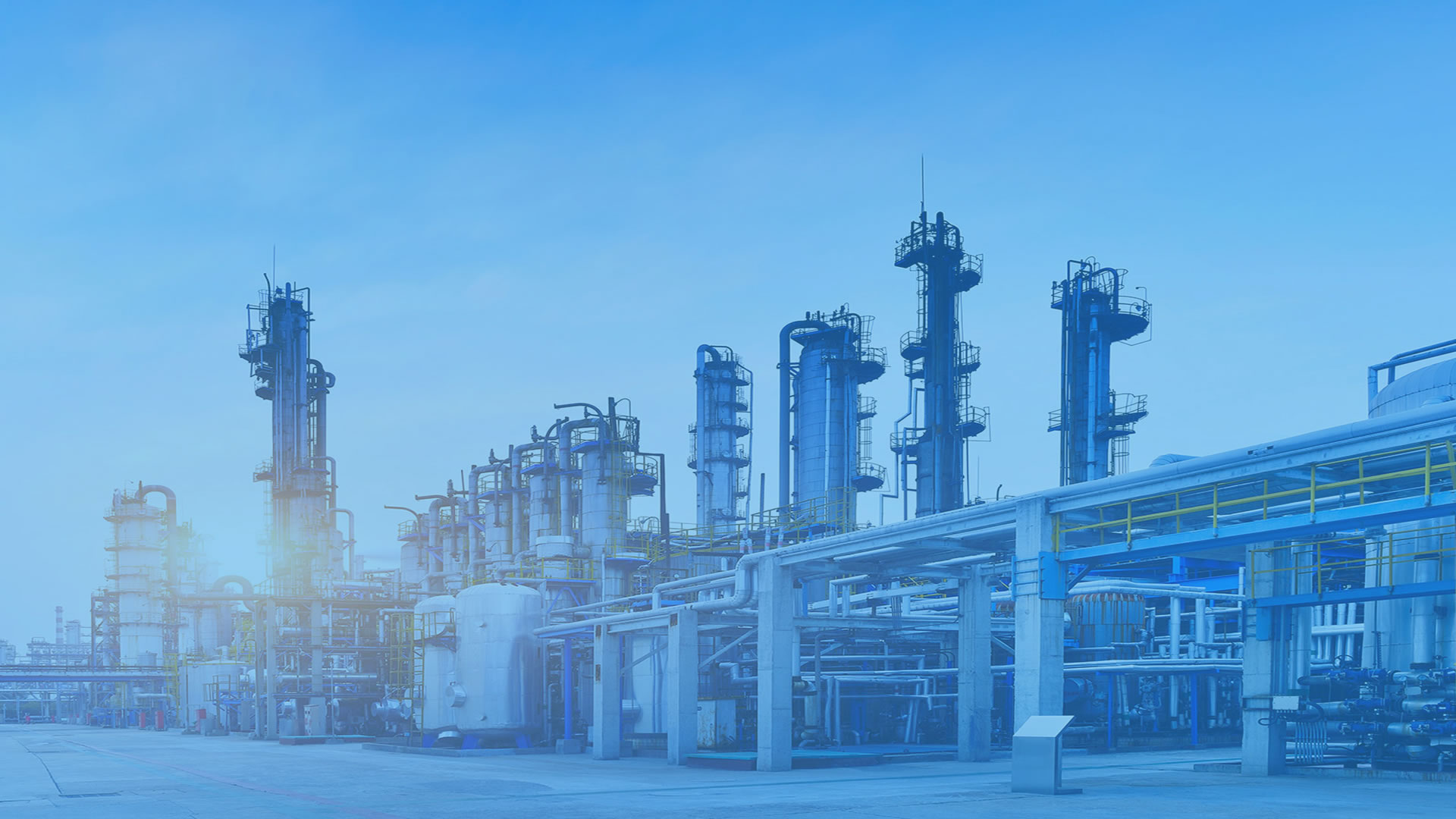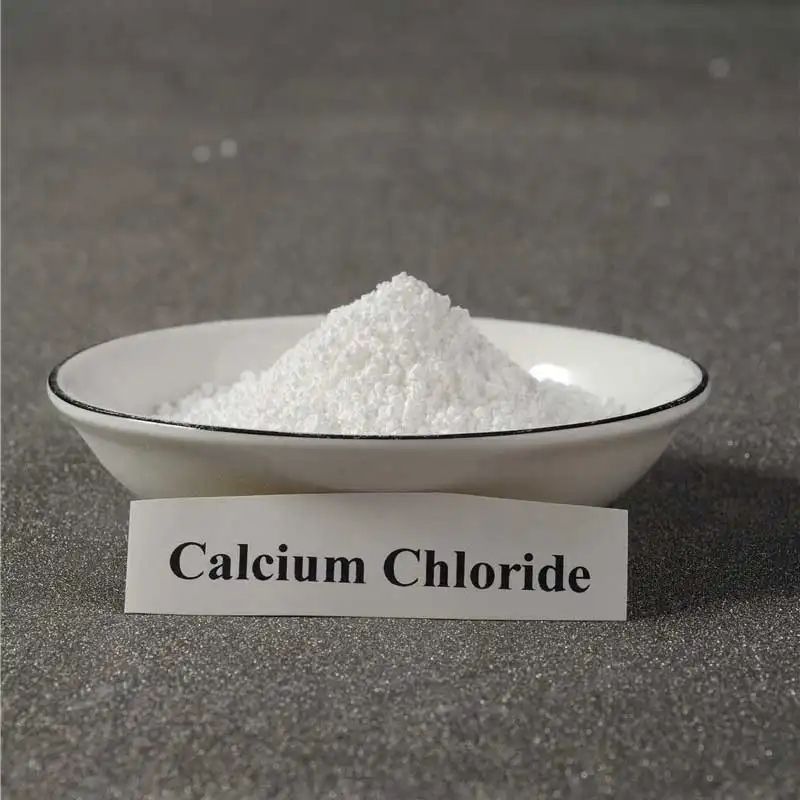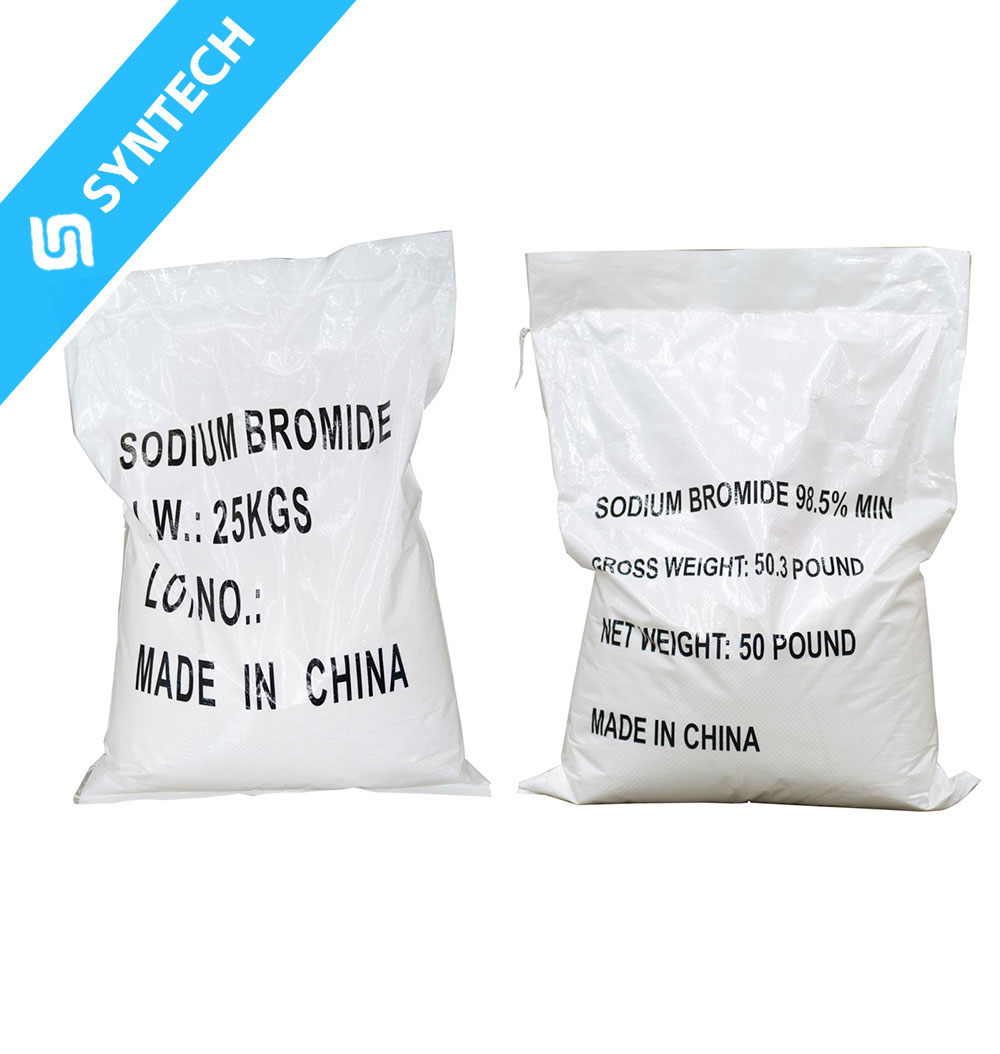Abstract: Sodium Methylallyl Sulfonate (SMAS) is a vital sulfonate monomer widely used in the polymer industry, particularly as a comonomer in polyacrylonitrile (PAN) fibers. Its effectiveness is heavily dependent on its chemical stability under various operating conditions. This article provides a detailed analysis of the handling and storage requirements of SMAS, with a focused examination of its thermal stability and the potential for its regeneration from process streams.
1. Operating Conditions: Handling and Storage
The successful industrial application of SMAS begins with strict adherence to proper operating conditions to preserve its quality and reactivity.
- Physical Form and Handling: SMAS is typically supplied as a white crystalline powder or flakes. During handling, it is crucial to minimize the generation of dust. Operators should use appropriate personal protective equipment (PPE), including dust masks, safety goggles, and gloves, to prevent irritation to the respiratory system, eyes, and skin. General industrial ventilation is usually sufficient to maintain airborne concentrations below exposure limits.
- Storage Stability: SMAS demonstrates excellent hygroscopicity (moisture absorption). Therefore, it must be stored in a cool, dry, and well-ventilated environment. The packaging, typically multi-layered paper bags or fiber drums with a polyethylene liner, must be kept tightly sealed when not in use. This prevents caking and potential degradation caused by atmospheric moisture. Under these recommended conditions, SMAS has a long shelf life, maintaining its chemical purity and performance for extended periods.
- Solubility and Process Conditions: SMAS is highly soluble in water but has limited solubility in most organic solvents. In industrial processes like the copolymerization with acrylonitrile, it is often dissolved in water to create an aqueous solution feed. The solution should be prepared using deionized water to prevent contamination by metal ions that could interfere with the polymerization reaction. The pH of the solution and the process medium should generally be kept near neutral to slightly alkaline to ensure stability.
2. Chemical Stability Analysis: Thermal Stability
Thermal stability is a cornerstone property of SMAS, directly influencing its performance during high-temperature manufacturing processes like polymerization, fiber spinning, and dyeing.
- Inherent Thermal Resistance: The chemical structure of SMAS, featuring a strong carbon-sulfur bond in the sulfonate group (-SO₃Na), grants it high inherent thermal stability. The sulfonate group is an electron-withdrawing and robust moiety, making the molecule resistant to thermal degradation at the temperatures typically encountered in polymer processing (often between 50°C and 80°C for polymerization, and higher during fiber processing).
- Stability in Polymerization: This thermal resilience is critical for its role as a comonomer. During the free-radical polymerization of PAN, the process is exothermic and occurs at elevated temperatures. SMAS must remain stable under these conditions without decomposing or forming undesirable by-products. Its stability ensures that the sulfonate groups are efficiently and uniformly incorporated into the polymer backbone. This successful incorporation is what provides the permanent anionic dye sites in the final acrylic fiber.
- Decomposition Temperature: While stable at processing temperatures, SMAS, like all organic compounds, will decompose if subjected to extreme heat. Its decomposition temperature is well above 200°C. When it decomposes, it can emit toxic fumes including sulfur oxides (SOₓ), which are corrosive and hazardous. Therefore, process design must avoid local overheating or exposure to open flames. This high decomposition threshold is a key advantage, providing a wide safe operating window for most industrial applications.
3. The Concept of Regeneration and Recycling
In the context of SMAS, “regeneration” does not typically refer to reversing a chemical reaction in the monomer itself, as it is a small molecule designed to be consumed in polymerization. Instead, the concept applies in two practical senses:
- Recovery from Process Streams: In manufacturing plants, a primary concern is the recovery and recycling of valuable materials from waste streams. SMAS dissolved in aqueous process water (e.g., from reactor washing or spin-finish effluents) can be a target for recovery.
- Techniques: Processes such as membrane filtration (e.g., reverse osmosis or nanofiltration) can be employed to concentrate and recover SMAS from dilute wastewater streams. The concentrated solution could then be purified and potentially reused, reducing raw material costs and minimizing environmental discharge.
- Economic and Environmental Driver: The feasibility of such regeneration is driven by economic factors (cost of virgin SMAS vs. recovery process cost) and increasingly stringent environmental regulations on industrial wastewater.
- Regeneration of Functional Sites in Final Products: A more relevant interpretation of “regeneration” is related to the function SMAS imparts to the final product. In applications like water treatment dispersants or dye sites in fibers, the anionic sites provided by SMAS can be “regenerated.”
- Example in Fibers: If the dye sites in a PAN fiber become fouled or blocked by impurities, they can often be regenerated through a washing process with specific cleaning agents or by adjusting the pH, restoring the fiber’s dyeability.
- Example in Water Treatment: Ion-exchange resins or membranes that use sulfonate groups similar to those in SMAS are routinely regenerated using brines or acids to restore their capacity. This principle underscores the robust and reversible nature of the ionic interactions provided by the sulfonate functionality.
Conclusion
Sodium Methylallyl Sulfonate (SMAS) is a chemically robust monomer whose utility is underpinned by its stable nature under standard operating conditions and its exceptional thermal stability. Proper handling focused on controlling moisture and dust ensures its longevity in storage. Its ability to withstand high processing temperatures without degradation is fundamental to its successful incorporation into polymers like polyacrylonitrile, where it permanently enhances properties such as dyeability. While the monomer itself is not “regenerated” post-reaction, the concept finds relevance in the recovery of SMAS from process effluents and in the rejuvenation of the functional ionic sites it creates in end-products, highlighting its value in both economic and sustainable manufacturing cycles.






